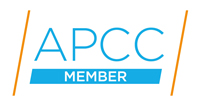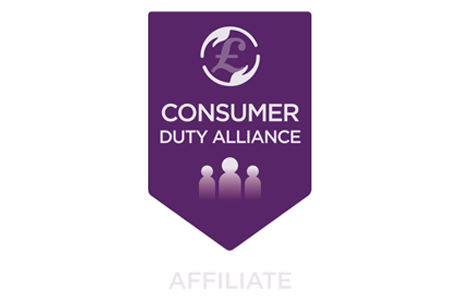Protection And Mortgage Fair Value Assessments – What Is My Actual Responsibility?

Mike Allison
30 April 2023At Paradigm we have been busy recording a number of Teams videos that have been made freely available to all of our firms as well as to DAs generally who don’t currently work with us to try to give a steer on some of the practical aspects of ‘The Duty’.
As we have travelled around the country supporting firms, one of the areas needing clarification has clearly been their responsibility in relation to the Fair Value Assessments (FVAs) from insurance and lenders alike.
Many have been unsure exactly what they are required to do with them as part of their implementation plans and while the FCA have held a number of events too, sometimes it is not always easy to tease the ‘practical’ from the information provided.
It has been made abundantly clear by the regulator also that each part of the Plan is definitely not a ‘tick box’ exercise. This is more like a culture shift to be implemented within firms as opposed to a ‘job’ requiring completion.
Over the past few days leading to the end of April, advisers will have seen lenders and life insurance providers make available their own price and value assessments.
While lenders are more likely to use a consistent template put together by the Association of Mortgage Intermediaries (AMI), insurers have in the main done their own thing. In a broad sense the requirements for firms have been to:
- Identify the products and services used.
- Identify target market(s) that services are offered to in sufficient detail to understand if any of the target market(s) contain vulnerable clients.
- Identify internal charging structures for each target.
Once the firm has agreed that the manufacturer of all of the products it uses has identified the target market correctly and has evidenced that it offers fair value, firms will then be in a position to use this to develop their own fair value assessment.
Among other things they will need to then add in their own charging structures which will be expected to reflect the work in dealing with a range of clients they have. In theory this will need to be different for different client types, where for example the work needed to be done is greater or less for different types of customer.
In the mortgage world this will manifest itself as being straightforward cases versus more complex, the latter being more time-consuming in general terms than the former and could therefore be represented by a higher ‘charge’ to the client. It is also important to show on record where charges have differed from the norm and why.
In the protection world it may be the difference in advising on a simple decreasing term assurance product to sit beside a mortgage or a complex business protection case where trusts were involved and the amount of information about the firms company accounts were sought and used in an assessment of the financial underwriting.
Firms should have robust research and due diligence on the products they use and furthermore all staff CPD and training records will be needed.
By the end of the implementation period, they will need to assess whether the service proposition offered meets the intended market and covers the advice process with clients who may have areas of vulnerability, in certain instances changing their services to reflect this.
An example of this would be if an advice proposition was delivered entirely remotely; would this suit someone with identified vulnerabilities or could an ‘onsite’ variation of the proposition be offered?
It will ultimately be the responsibility of the SMF 16 to carry out the work but probably with the advisers within the business of course, as it will be their role to implement it on a day to day basis.
In larger firms we are seeing firms put an implementation plan ‘committee’ or project group together to assess all aspects of the Duty not just FVAs.
As mentioned previously, this will not be a ‘one and done’ scenario and firms will be responsible for undertaking the work on fair value annually at least.
Some firms may simply make notes against the product and value assessments provided by the manufacturer, but whatever approach is taken, a third party should be able to understand the outcome of the ‘fair value’ review.
This is just one aspect of the Duty but will clearly need to be demonstrated as a part of the Action Plan which would have been outlined at the end of October 2022.
Information for DA firms is freely available via the Consumer Duty hub on the Paradigm Protect website and will hopefully help firms through the maze.


